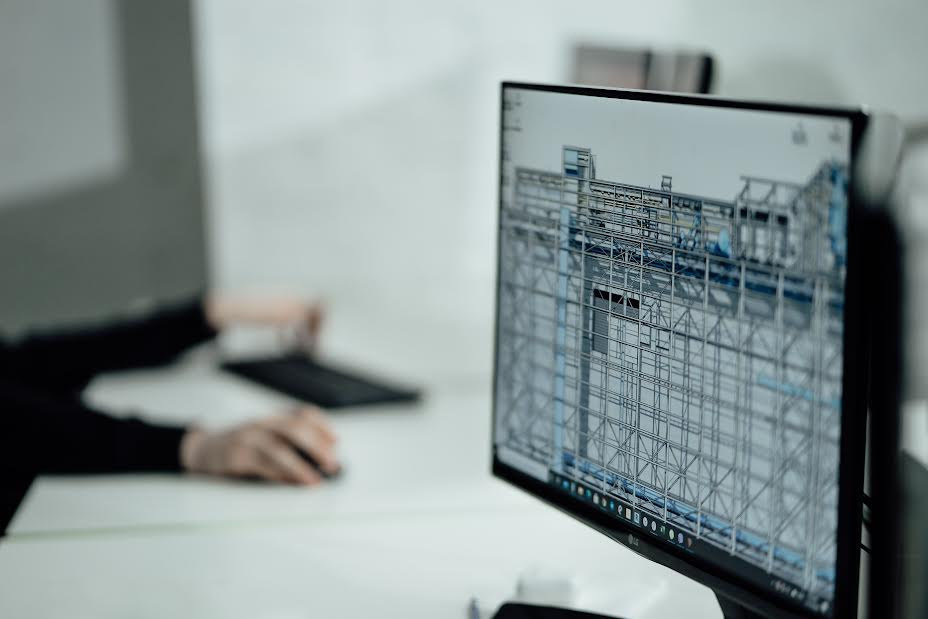Innovation and design
The keys of BIM technology in architecture

Who could have told ancient architects and designers that they would be able to see their complete project before laying a single stone on the ground? While it is true that our ancestors drew plans and accurately measured elevation, plan and profile views of the buildings they planned to construct, they did could not count on the level of detail offered by BIM technology.
Before explaining what BIM technology is, we should explain the meaning of the acronym. BIM stands for Building Information Modelling. The system offers a digital three-dimensional (3D) view of an architectural project. It is undoubtedly a very popular software tool with architects, engineers and many other professionals in the construction industry, including designers.
We can use this type of software to design, plan and construct a building’s infrastructure with maximum efficiency. Projects can be collaborative since several people can work on them simultaneously because everything is centralised in one software tool. Furthermore, it includes information on the duration and life cycle; on sustainability and environment; and about the construction’s maintenance. The aim is to construct buildings that stand the test of time and can be enjoyed by their users.
Several architects and designers cover these aspects related to sustainable construction and caring for the environment by incorporating automatic doors in their projects. Let us remember that, among other benefits, automatic doors help maintain a building’s temperature, thus avoiding problems associated with a poorly controlled internal climate. Energy efficiency is an essential element of any company’s corporate social responsibility.
The chance to design a building’s entrances is a wonderful opportunity for any architect. Project designers already take this into account in order to achieve highly efficient housing and office complexes. For example, if designing a new company headquarters, we could include sliding doors with motion sensors, whereas in the case of a garage, remote-controlled automatic doors would be a better choice.
Companies that offer their catalogue of products in BIM are helping suppliers and distributors, the construction sector appreciates this because it unifies working methodologies. It is no longer enough to simply add a symbol representing a door, architects now wish to include even the fine details of this feature.
What isn’t BIM technology?
There are software programs that look like BIM, but they aren’t BIM. For instance, programs that assist with 3D design but without providing further information such as that mentioned above. These tools are perfect for visualisation, but cannot be used to incorporate data and analyse the design.
